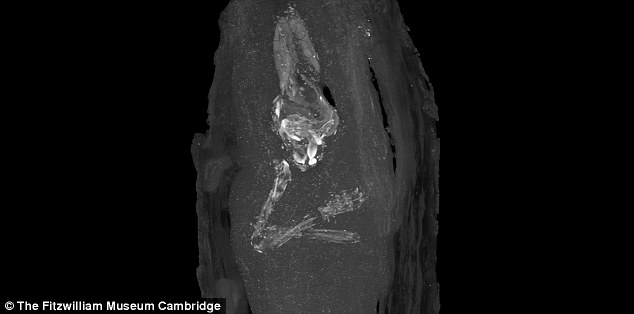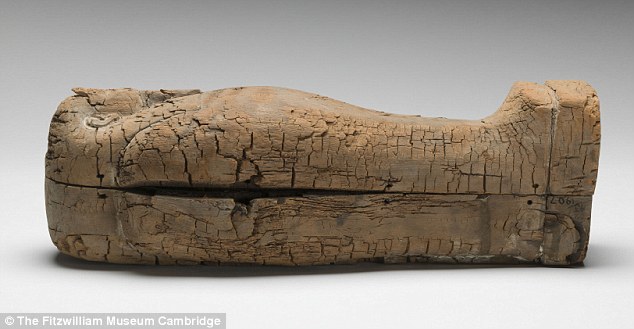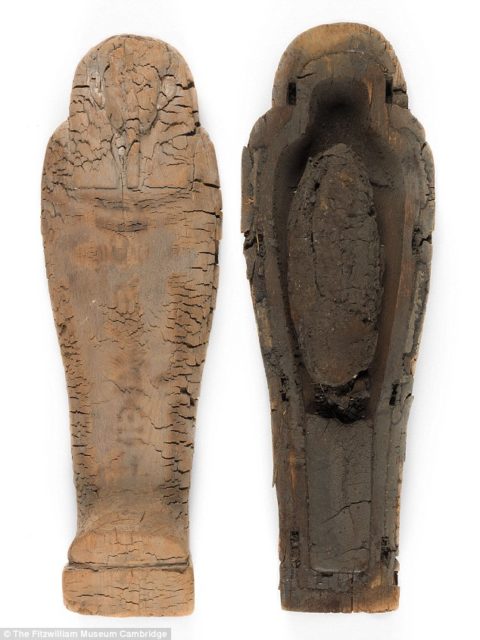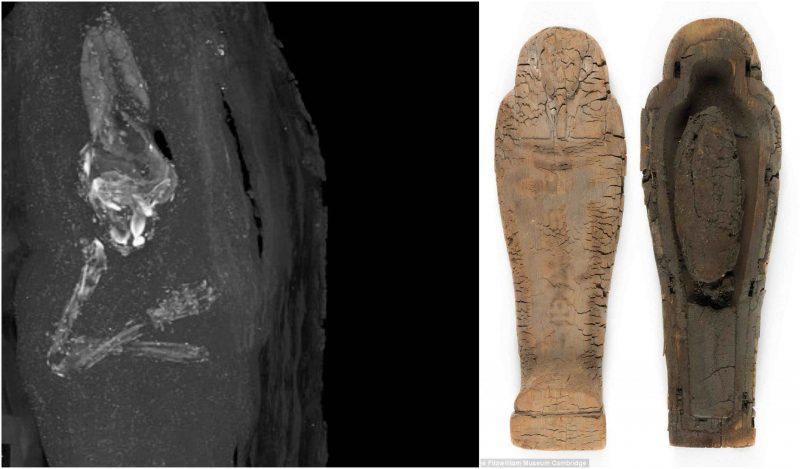For women worldwide, a miscarriage is one of the hardest things they could endure. Generally, these children are lost at a very early stage in pregnancy, making it even harder to bear.
While many people suffer from miscarriages nowadays, just think – how long ago did others suffer the same misfortune?
Archaeologists believe they have discovered the smallest coffin ever buried in ancient Egypt. Inside the coffin lies the smallest fetus known in Egyptian culture. While it may not seem so spectacular, this shows archaeologists that even the magnificent ancient Egyptians sadly suffered from such misfortunes.

Although the little coffin was found decades ago, archaeologists just managed to discover the significance of the body. Until recently the coffin happened to by lying in an English museum.
After examining the body, experts believe it is of a fetus no older than 18 weeks of gestation. By looking at how the child was buried, it shows archaeologists that even though the child was not born and did not live the life it was meant to live, the Egyptians still gave the little child an ancient ritual burial.
Historians said that this particular burial shows them just how precious Egyptians believed life was, even if the child was never actually born. The historians added that this gives them new insight into just how the Egyptians dealt with a miscarriage.
The discovery was made by the experts at the Fitzwilliam Museum in Cambridge. They had examined the wooden coffin, which was given to the museum by archaeologists in 1907.

This little fetus isn’t the first one to have been discovered, surprisingly. King Tutankhamun’s tomb had actually contained two small fetuses that were mummified. They were then placed in separate coffins. However, these two babies were far more developed, aged around 15 to 37 weeks of gestation.
The head of conservation at the Fitzwilliam Museum, Julie Dawson, said that she and the other experts used noninvasive technology in order to look into the “extraordinary archaeological find”. This had allowed her and other archaeologists and experts to view the actual evidence of just how an unborn child was seen in the ancient Egyptian society.
She added that seeing the special care taken in the preparation of the burial has shown and demonstrated that the ancient Egyptians had valued every piece of life, even one only in the first weeks of gestation.
Curators at the Fitzwilliam Museum had made the amazing discovery while doing research for the bicentennial exhibition called “Death on the Nile: Uncovering the Afterlife of Ancient Egypt.”

The coffin measures just 44 centimeters long and was excavated in Giza in 1907. The British School of Archaeology had taken part in that excavation. After their trip, they had come to the Fitzwilliam Museum with their collection of finds and donated the objects.
The experts also said that the small coffin was the perfect example of a plain, wooden coffin in ancient Egypt, and that it dated back to around 664 to 525 BC.
Many people have heard of mummification and the extensive process people went through. The ancient Egyptians had mummified all bodies because they had believed that in the afterlife, their preserved bodies would stand the best chance of living in the eternal world.
The extensive process had involved washing the dead body, symbolizing that the body had been purified. They washed the body with wine followed by water from the River Nile. One incision was then made in order to remove all of the organs, including the liver, lungs, stomach, and intestines. The heart was left in the body since it was needed in order to sustain life in eternity.
The organs were then wrapped in linen and put back into the body. The body was stuffed and covered in salt so that it would dry out within 40 days. After the 40 days, it was cleaned for a second time before being covered in oil to keep the skin stretchy.
Mummifying the unborn baby had involved wrapping it in bandages, then pouring black resin on it before the coffin was closed.
